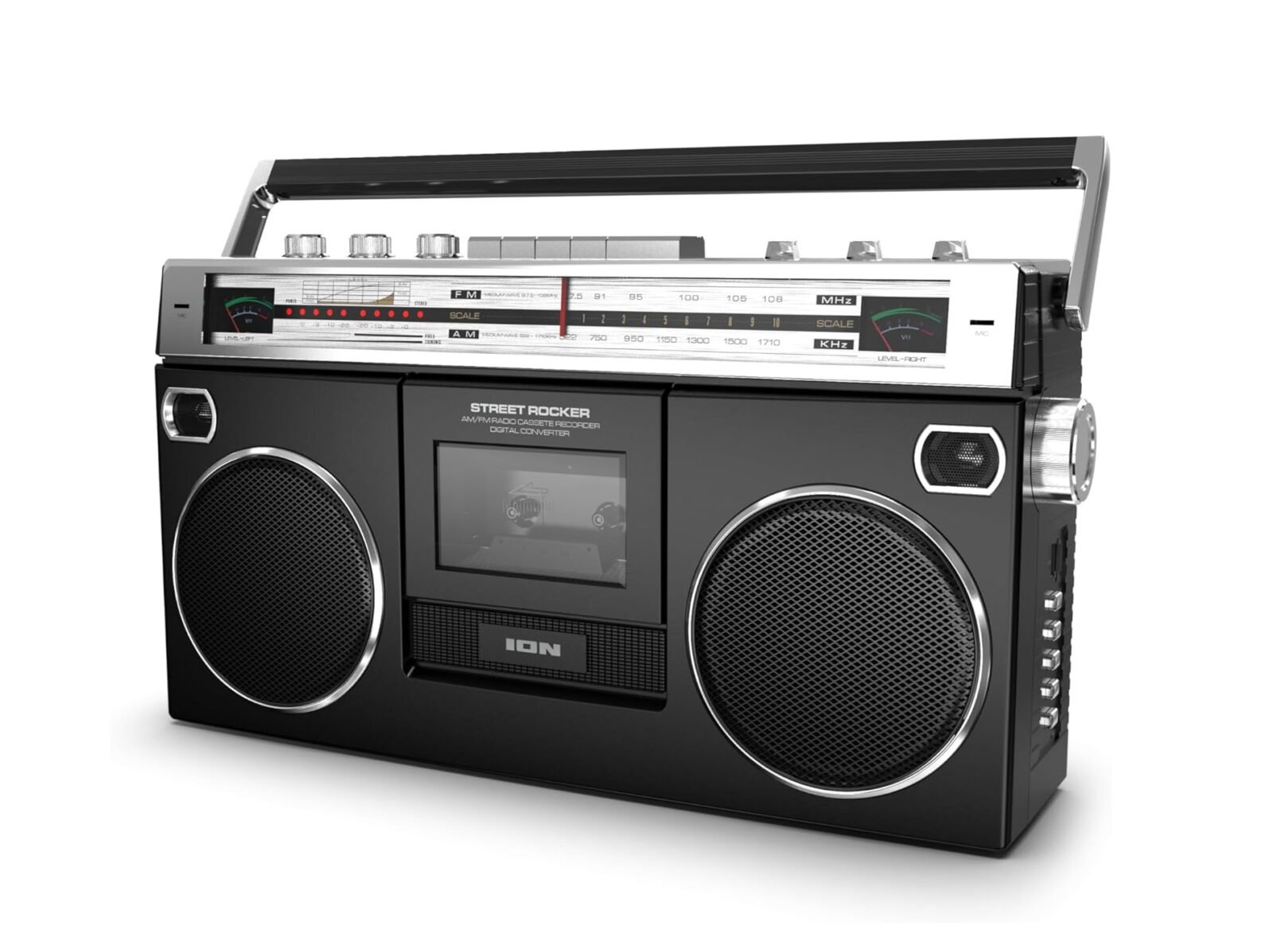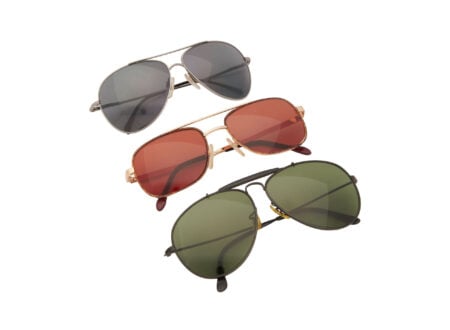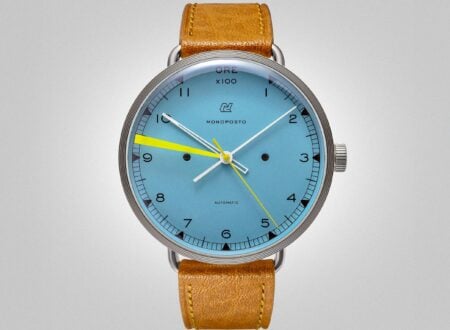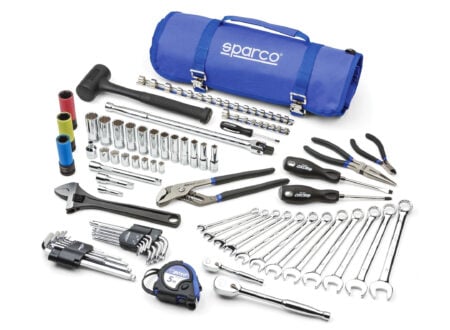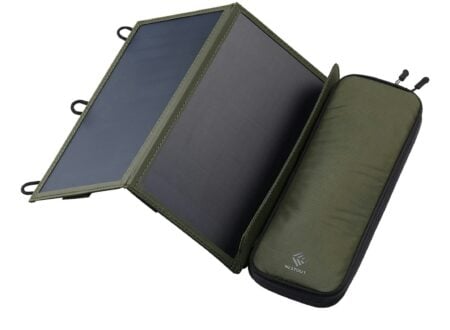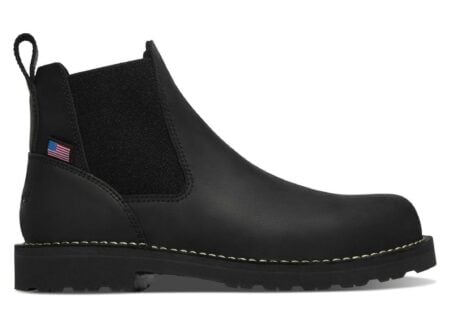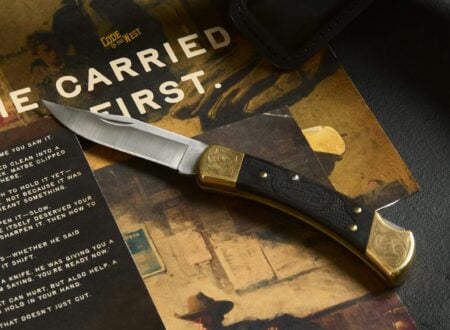This is the Ion Stereo Boombox, it was developed to look just like boomboxes from the 1980s. It includes both tape and AM/FM functionality, it also has Bluetooth streaming capability and USB input, allowing you to use it with your smartphone.
Just as with the original boomboxes, you can record your own mix tapes directly from the radio, an art that’s been largely lost with the proliferation of MP3s and services like SoundCloud and Apple Music. back in the day you had to hit record when a song you like came on the radio, an early form of music piracy that drove the industry insane.
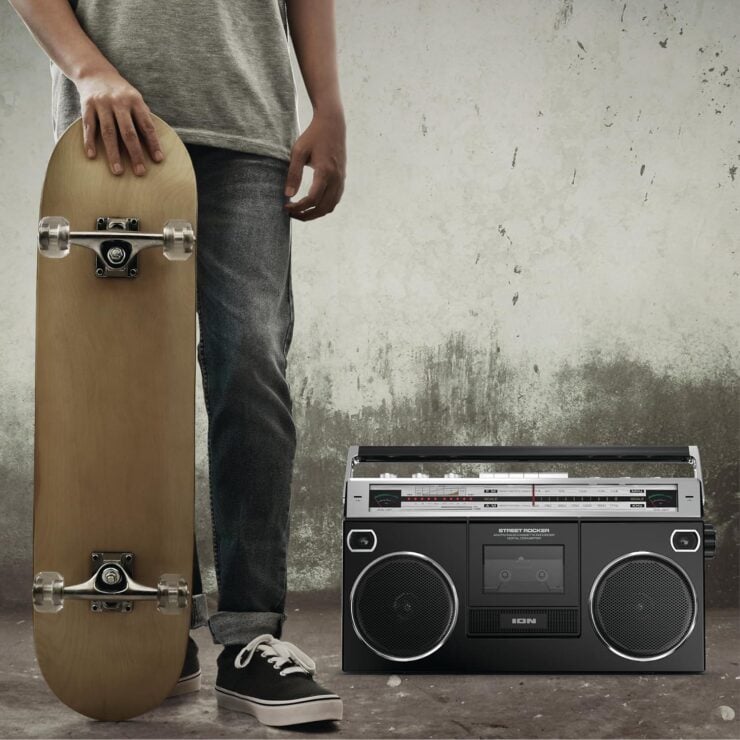

The Boombox: A History Speedrun
The very first boombox was invented at Philips in the Netherlands in 1966, it was called the “Radiorecorder” and it allowed people to record their own tapes right off the radio for the first time, without the complex arrangement of speakers, cables, and microphones that had previously been required.
Other European manufacturers soon followed suit, ands technologies like Dolby noise reduction resulted in higher quality tape recordings – a far less expensive way to gather songs you liked than by buying them all on vinyl or tape.
Soon the Japanese manufacturers began to develop their own versions, they offered a wide array of sizes and styles, and perhaps most importantly they offered them with a lower MSRP than their European counterparts.
Before long the Japanese were dominating the boombox industry, and for many households a Japanese boombox might be the first Japanese electronic device they ever bought. It certainly wouldn’t be their last.
Boomboxes would later be built with two or ore tape decks built in, full stereo recording, long extendable aerials, graphic equalizers, and later there would be versions with built-in CD players.
By the late 1970s and 1980s the boombox was a must-have item, essentially the iPhone of its day, and they were wildly popular with the youth in Europe, the United States, Australia, and further afield. Boomboxes would help give rise to breakdance, as all you needed was a sheet of cardboard and a boombox to get started.
Today the classic boombox has largely fallen from favor, though the rise of modern Bluetooth portable speakers have resurrected the concept somewhat for a new generation. The Ion Stereo Boombox you see in this article combines both, to bring a little retro flair into the world of Bluetooth speakers.
Each Ion Stereo Boombox has full size dimensions of 16.73″ wide x 9.65″ high x 5.91″ deep. it can run on mains AC power or its internal lithium-ion battery offering up to 10 hours of playback, vastly better than the battery life of the originals back in the 1980s.
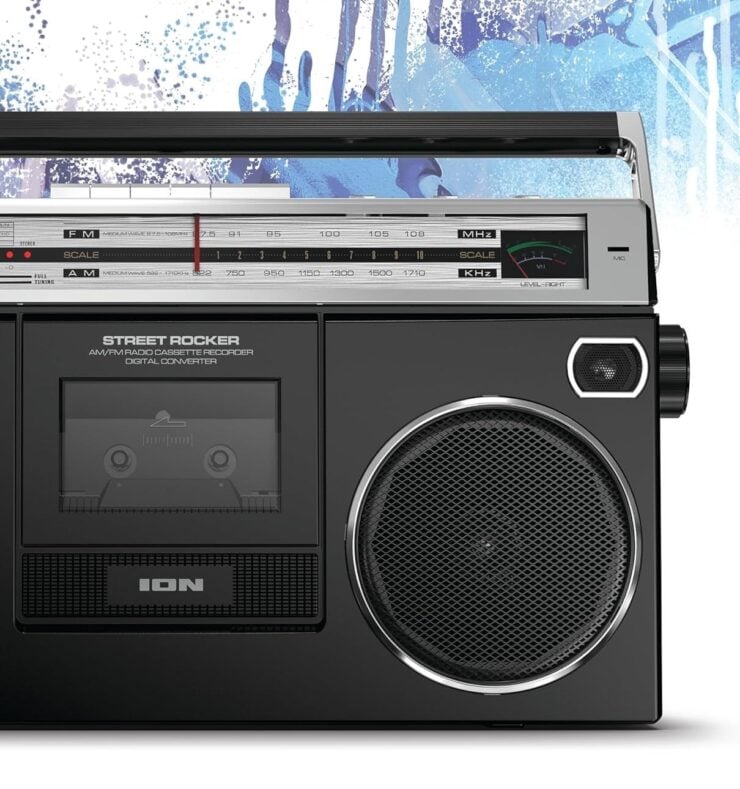

It has dual full-range speakers, a stereo cassette player/recorder, and it can stream music wirelessly from any Bluetooth-enabled device. It also has bass and treble controls for tonal customization, USB playback capability, and VU meters to help adjust your recordings.
The Ion Stereo Boombox is now for sale via a number of online retailers including Amazon here for $129.99 USD. It comes in a number of colorways including silver, black (shown in this article), and gold.
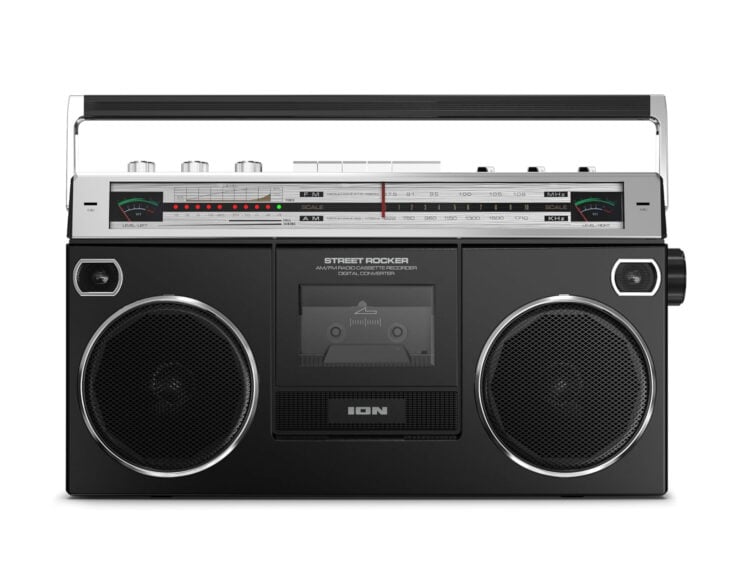
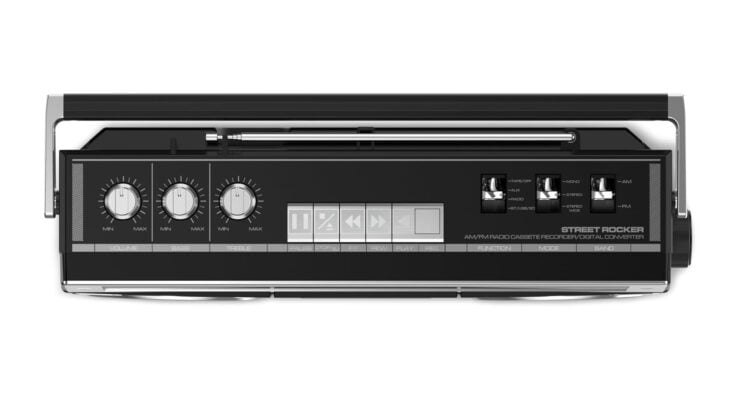
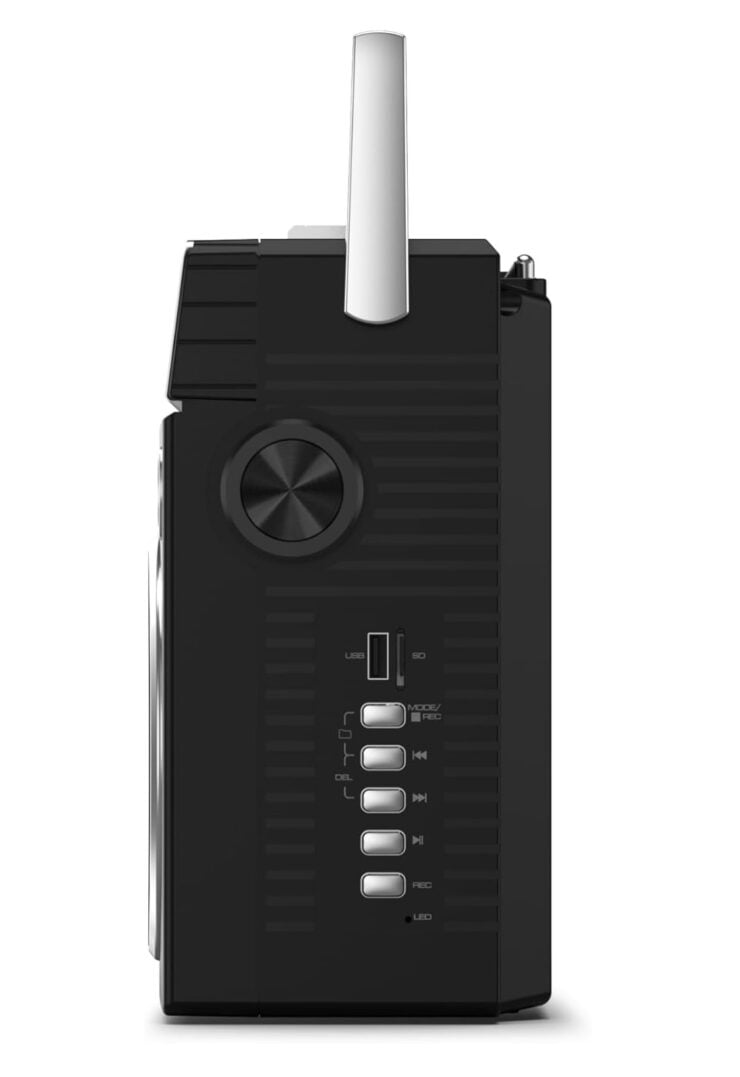
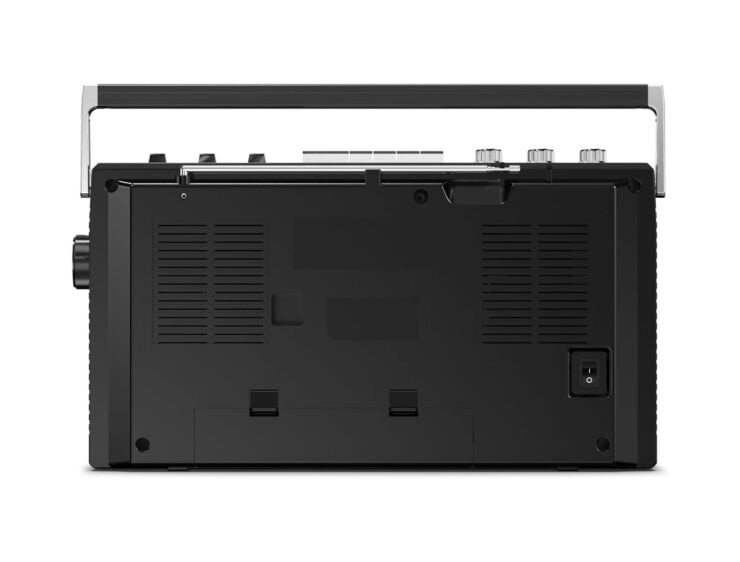
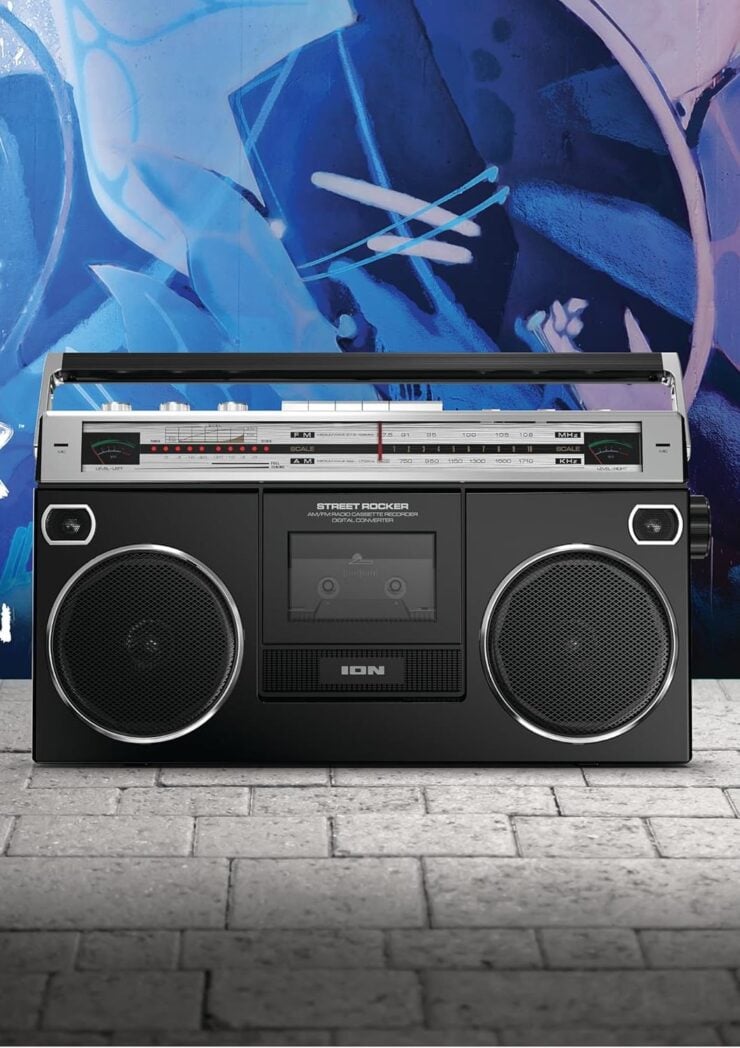
Images courtesy of Ion

